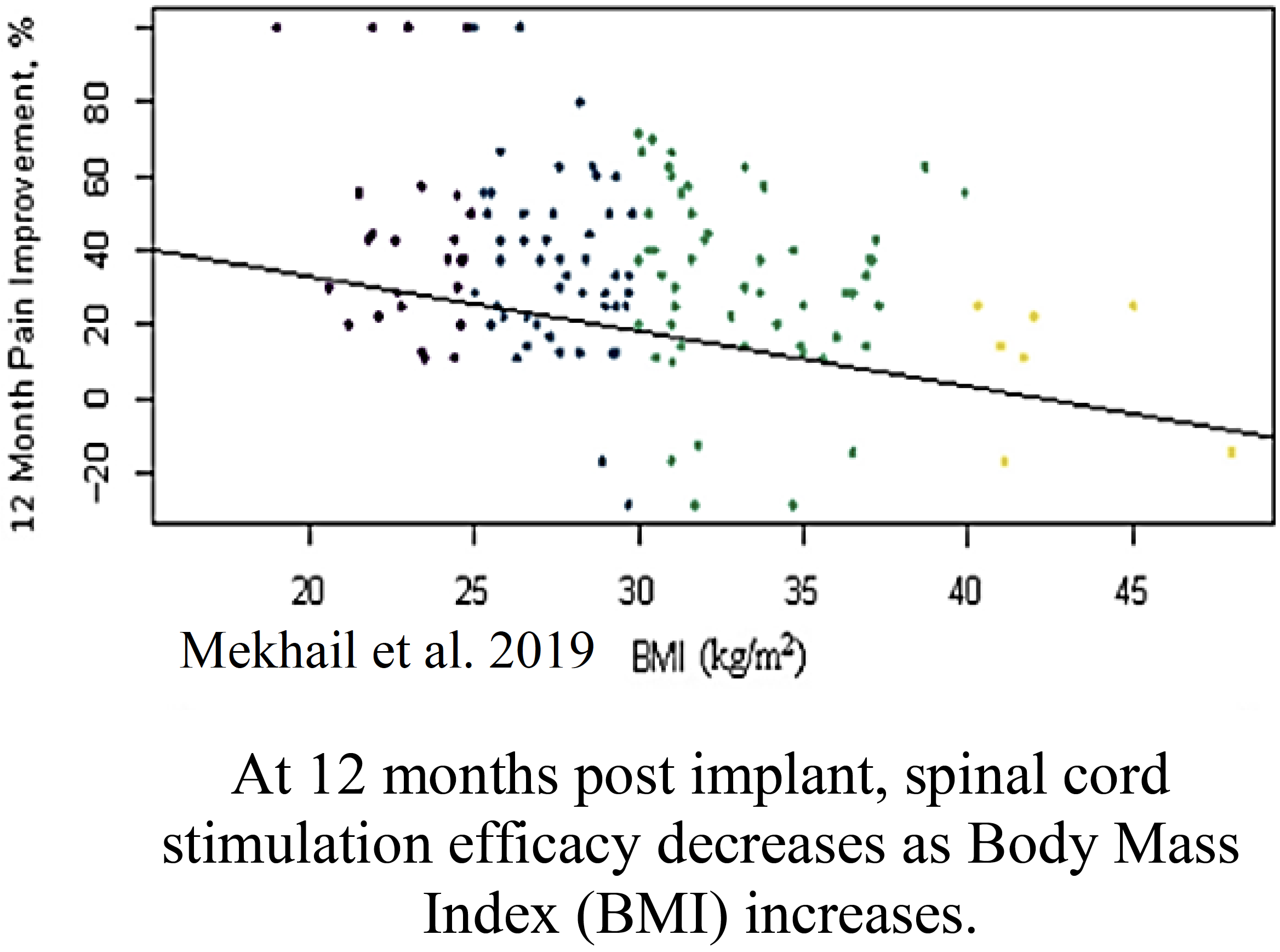Lifestyle Choices Affect Pain Levels
A healthy diet and regular exercise are critical for our overall well-being. More specifically, medical professionals are beginning to realize how diet and exercise can benefit patients suffering from chronic pain conditions. Although the typical response to pain is to decrease activity, resting for an extended period of time may actually undermine healing and worsen pain. Regular exercise along with maintaining a healthy diet and body composition not only prevents the onset of spinal pathologies, but also impacts the perception of pain.
Sleep, Alcohol Dependence, and Tobacco Use
Sleep and other positive lifestyle choices are key in the prevention and management of chronic pain. Recent experimental studies even suggest that sleep disturbances impair key biochemical processes, thus contributing to the development and continuation of chronic pain.
Some patients believe that alcohol consumption or tobacco use relieves pain. However, recent studies demonstrate that excessive alcohol consumption can lead to damage of sensory, motor, and autonomic nerves, greatly contributing to and intensifying painful conditions. Excessive alcohol consumption can also lead to pathological changes in the brain and deregulation of our internal pain receptors, contributing to the development and exacerbation of chronic pain.
Smoking inhibits delivery of oxygen in your body as nicotine acts as a vasoconstrictor (causes blood vessels to tighten), making it more difficult to transport oxygen. In tissues particularly sensitive to oxygen deprivation, such as intervertebral discs in the spine, damage can occur, leading to chronic pain. Smoking also diminishes the body’s ability to heal, making it more difficult to recover from injuries and underlying origins of pain. Alcohol is known to disturb the circadian rhythm, which controls our sleep cycle. While intoxicated, you are more likely to have unrestful and interrupted sleep. Poor sleep will interfere with your body’s ability to heal.
It is vital that patients work with their healthcare providers to find alternative coping mechanisms for their chronic pain.
Exercise Benefits Spine and Bone Health
It is a common misconception that running and walking weaken your joints. Keeping active works the muscles and tendons that provide stability and strength around the arthritic joints. See below for low-impact exercises ideas to try out!
Weak back, abdominal, and lower extremity muscles contribute to the onset and perpetuation of low back pain. Strengthening these muscles is vital for treating low back pain and helping to prevent a recurrence. Low impact exercises can be perfect for the strengthening and stretching necessary for addressing chronic pain.
Yoga or regular stretching poses are valuable exercises for the improvement of chronic pain. You can find helpful stretches online, from your chiropractor, or from your physical therapist.
Many individuals who suffer from back pain enjoy a water workout rather than a normal land routine. Aquatherapy has many benefits, including increasing blood supply to sore muscles and joints. Plus, being in water allows you to perform range of motion exercises that would be limited on land. No matter the exercise you choose, regular activity can help prevent and conquer pain.
-
Spinning/Bike Riding
-
Tai Chi
-
Walking
-
Resistance Exercises
-
Low-intensity Strength Training
Body Composition Affects Pain Scores
Healthy nutrition benefits body composition and Body Mass Index (BMI), both of which are correlated to self-reported pain scores. A recently published article analyzed a group of overweight individuals with chronic pain conditions. Patients who lost 10% of their body weight using a low-calorie diet in conjunction with exercise improved their pain scores by almost 20%. This improvement in pain scores was also accompanied with decreased body symptoms and improved fibromyalgia scores.
Additionally, body mass index is associated with spinal cord stimulation procedure outcomes. The data showed a statistically significant negative association between increasing BMI and SCS effectiveness at 6 and 12 months post-SCS therapy.

Contact form
Or just call (412) 221-7640 and we’ll do everything we can to help.
Across all review platforms
Dr. David Provenzano, a leading expert throughout the nation for treating patients who suffer daily from pain, uses advanced diagnostic techniques to assess the source of the pain and develop a comprehensive and safe treatment approach that can significantly reduce your pain.

